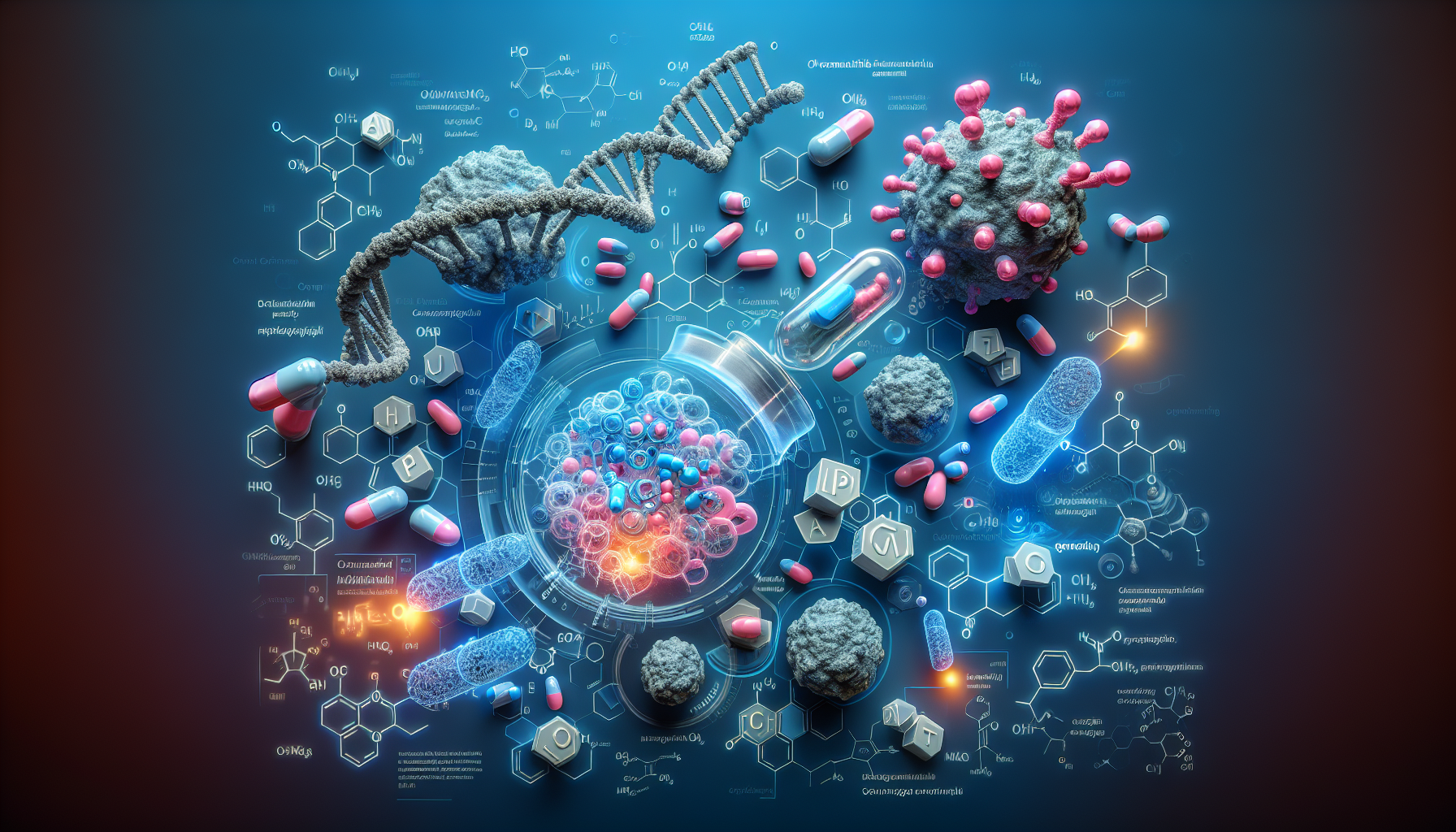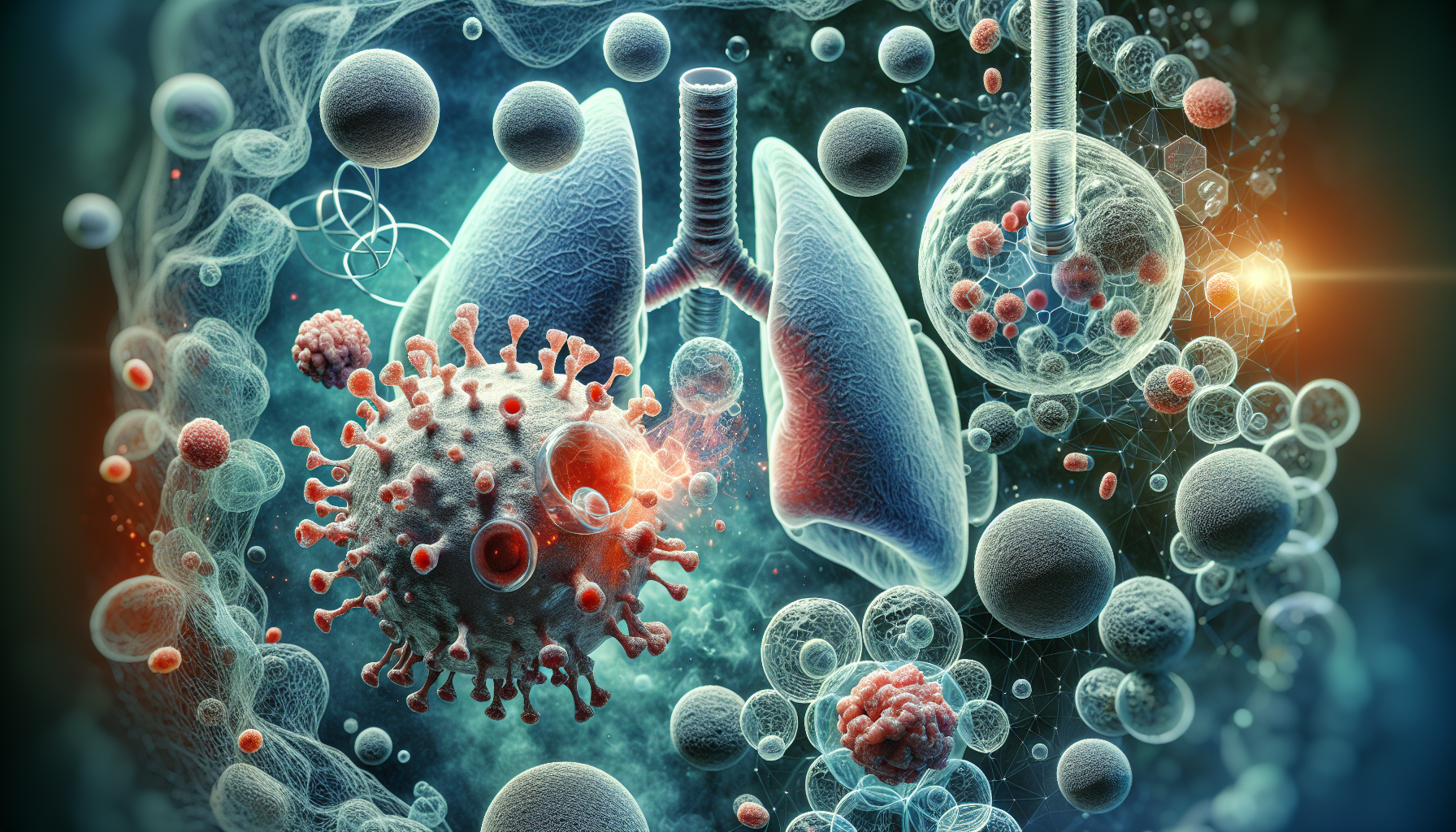How Proton Beam Therapy is Revolutionizing Lung Cancer Treatment
Key Takeaways
- Proton beam therapy offers precision targeting of tumors with minimal damage to surrounding tissues.
- This therapy is beneficial for patients who can't tolerate more intensive treatments like chemoradiation.
- Ongoing research and clinical trials are likely to expand the use of proton beam therapy in lung cancer treatment.
Did You Know?
Introduction to Proton Beam Therapy
Proton beam therapy is an advanced form of radiation treatment that offers precision targeting of tumors, minimizing damage to surrounding tissues. This method is gaining traction especially in the management of non-small cell lung cancer (NSCLC), providing hope for patients who have limited treatment options.
Understanding Non-Small Cell Lung Cancer (NSCLC)
Non-small cell lung cancer (NSCLC) is the most common type of lung cancer, often diagnosed in patients with a history of smoking. The condition can be challenging to treat, particularly when conventional therapies pose significant risks due to the patient's existing health conditions.
Advantages of Proton Beam Therapy
Unlike traditional radiation therapy, proton beam therapy uses protons to precisely target tumors. These protons enter the body and release their energy directly at the tumor site, without exiting from the other side. This results in less radiation exposure to surrounding organs like the heart and esophagus, which is crucial in reducing treatment-related side effects.
Reducing Toxicity in Lung Cancer Treatment
Proton beam therapy is particularly beneficial for patients with NSCLC who are unable to tolerate more intensive treatments like chemoradiation. By limiting the amount of radiation that reaches other organs, proton beam therapy can help to minimize the adverse effects commonly associated with traditional radiation therapy.
Targeting Larger Tumors and Comorbidities
This therapy is not only effective for smaller tumors but also shows promise in treating larger tumors, which are often more complex to manage. Additionally, proton beam therapy is advantageous for patients with comorbid conditions, such as those who have experienced heart attacks or have compromised lung functions due to prior smoking.
Patient Outcomes and Quality of Life
Improving the patient’s quality of life during and after treatment is a significant goal of proton beam therapy. By reducing adverse effects, patients can maintain better overall health and experience fewer interruptions in their daily activities during their treatment regimen.
Clinical Studies and Success Rates
Recent clinical studies have shown promising results in the use of proton beam therapy for NSCLC. Patients undergoing this treatment have reported fewer side effects and better outcomes compared to those receiving conventional radiation therapy.
Expert Opinions on Proton Beam Therapy
Dr. Terence T. Sio, an expert in radiation oncology, advocates for the use of proton beam therapy in treating NSCLC. He highlights its advantages in reducing toxicity and improving patient tolerance to radiation therapy, which is particularly beneficial for older patients or those with preexisting health conditions.
Future Prospects of Proton Beam Therapy
As technology advances, the accessibility and effectiveness of proton beam therapy are expected to improve. Continued research and clinical trials will likely expand its application, making this advanced treatment available to a broader range of patients.
Conclusion
Proton beam therapy represents a significant advancement in the treatment of non-small cell lung cancer. Its ability to minimize toxicity while maintaining treatment efficacy offers a promising future for patients who previously had limited options.
References
- Mayo Clinic: Proton Beam Therapyhttps://www.mayoclinic.org/tests-procedures/proton-therapy/about/pac-20384758
- Cancer Treatment Centers of America: Proton Therapyhttps://www.cancercenter.com/treatments/proton-therapy
- American Cancer Society: Radiation Therapy for Non-Small Cell Lung Cancerhttps://www.cancer.org/cancer/non-small-cell-lung-cancer/treating/radiation.html






